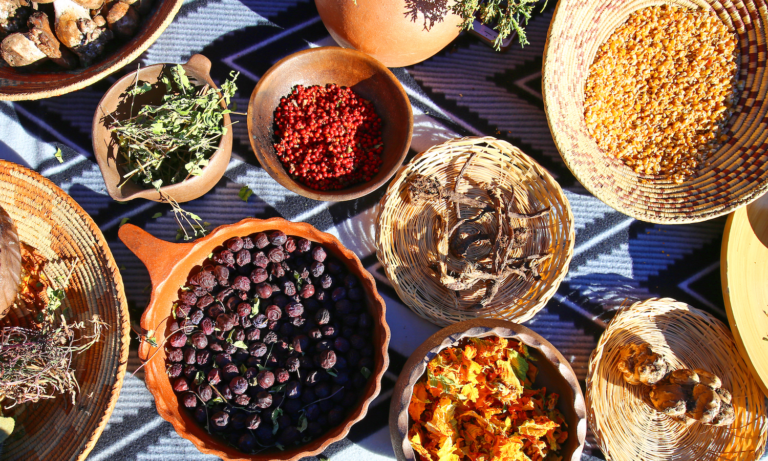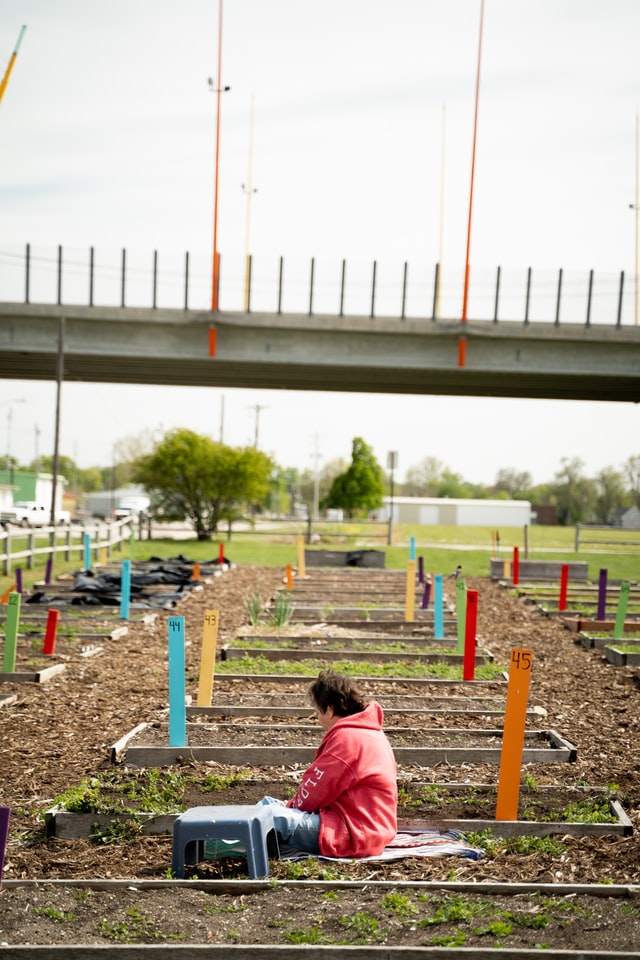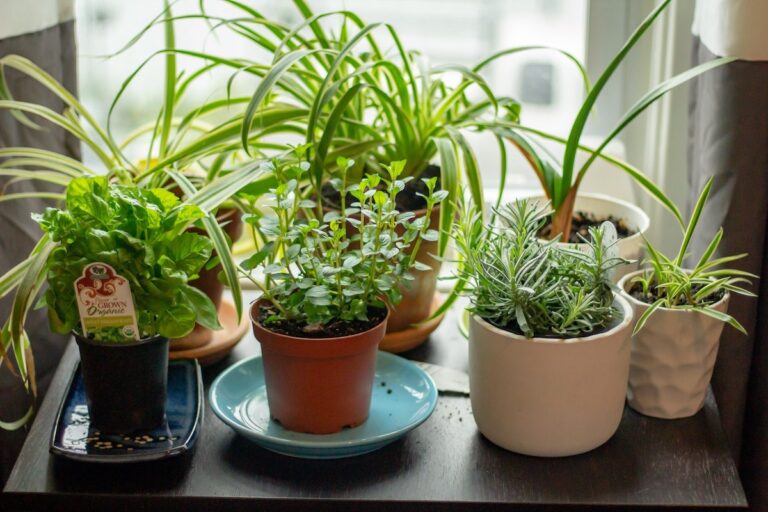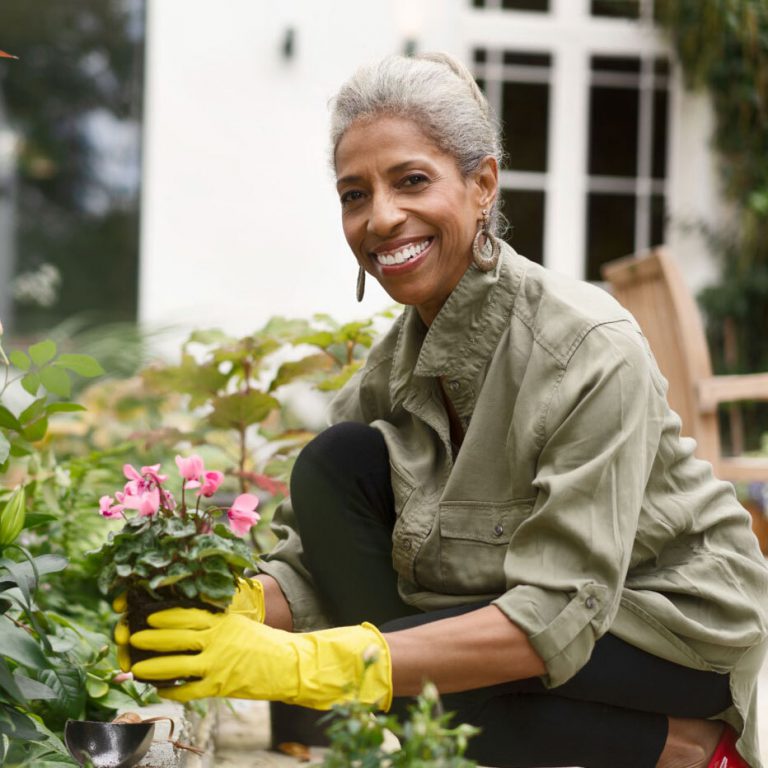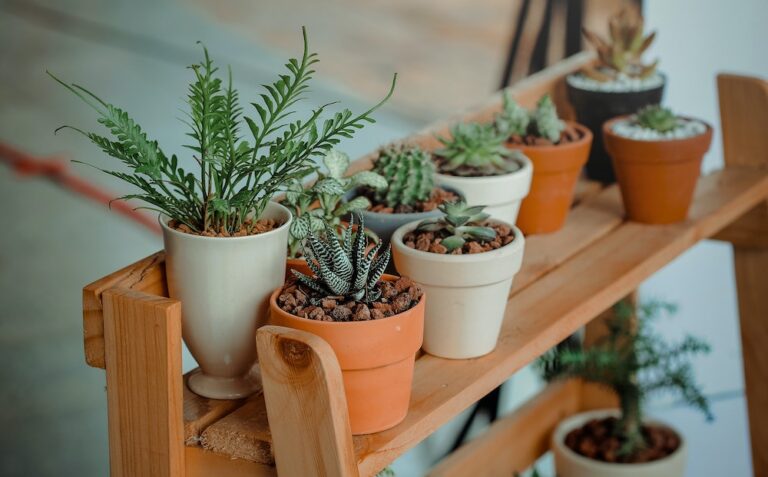The Healing Power of Nature: Embracing Botanical Gardens
Life sometimes feels like it’s zipping by, doesn’t it? We often get so caught up in the rush that we forget to pause and simply be. But the beauty of vibrant living is in those pauses. That’s where we step in at Sage Collective – to invite you to stop, breathe, and immerse yourself in the vibrant living that nature offers. With its rich colors, textures, and diverse life forms, Mother Nature brings an oasis of tranquility and peace into our lives.
Our relationship with nature isn’t just a primal instinct. It’s a two-way street – nature nurtures us and in return, we protect and preserve it. Just think about how a simple walk in a park can melt away your stress and energize your spirit. That’s the healing power of nature, promoting not just our physical well-being but also boosting our mental health.
Think of botanical gardens and conservatories as front-row seats to the spectacle of vibrant living. They’re not just clusters of plants but treasure troves of biodiversity, acting as sanctuaries for plant conservation and research. At the same time, they give us a chance to explore, appreciate, and understand nature’s beauty and the significance of biodiversity.
Imagine strolling through these green havens. It’s more than just a pleasant walk. It’s an education, a stress-buster, and a celebration of global biodiversity all rolled into one. Plus, it’s good for your heart health too!
The best thing is you don’t need to step into a botanical garden to connect with nature. You can experience vibrant living right in your backyard or even on your balcony. A simple walk in your local park or some quiet time spent gardening can be your quick escape to nature. And don’t forget to engage your senses in these moments – feel the breeze, listen to the bird songs, or simply admire the greenery around you. These simple acts of mindfulness can bring an immensely calming effect to your day.
Vibrant living is all about embracing the healing power of nature. Whether it’s through visiting a botanical garden or finding moments of connection in your everyday life, it’s essential to let nature soothe your soul. Amidst the fast-paced chaos of our modern lives, let’s take a moment to step back, breathe, and find our peace in nature. Because when we connect with nature, we connect with ourselves, and ultimately, each other. So let’s celebrate our symbiotic relationship with nature and continue on this journey of vibrant living.


